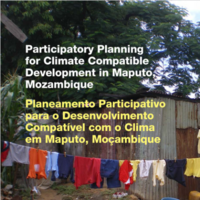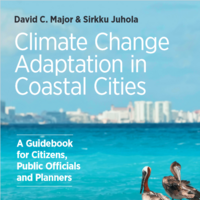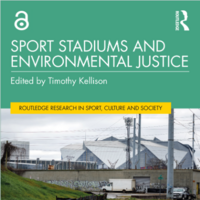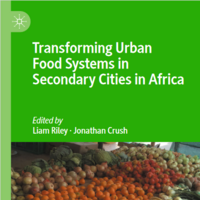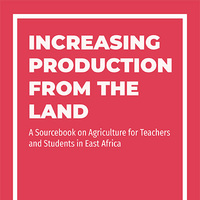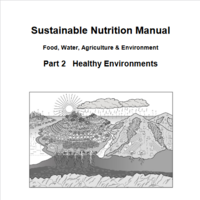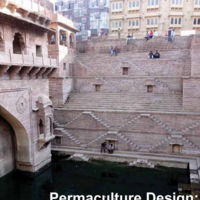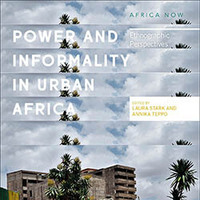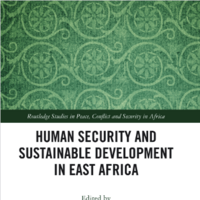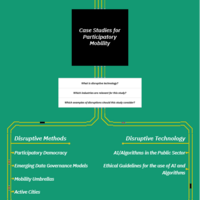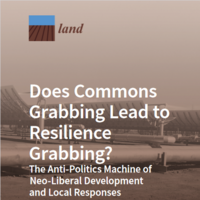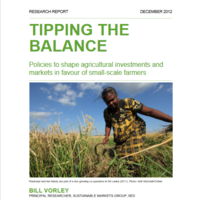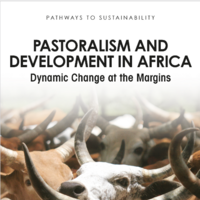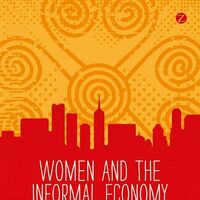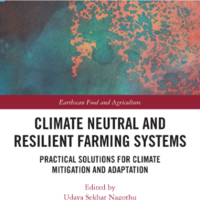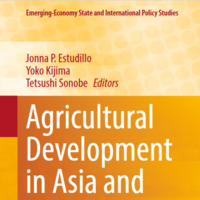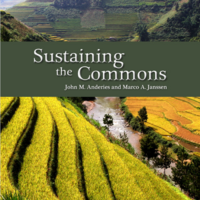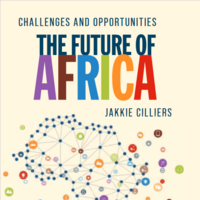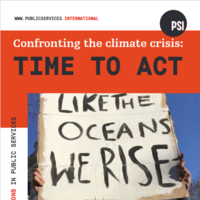Search
Books+
Searching 1,730 books
Search related to the career Urban Planner
Introduction:
Urban planning plays a crucial role in promoting sustainable development by creating well-designed, efficient, and environmentally friendly cities. It involves the systematic organization of land use, infrastructure, transportation, and public spaces to ensure the long-term well-being of urban areas and their inhabitants. Here are several ways in which urban planning contributes to sustainable development:
1. Efficient Land Use:
Urban planning helps optimize land use by promoting compact and mixed-use development. By encouraging higher population densities and reducing urban sprawl, cities can minimize the need for long commutes, preserve natural habitats, and protect agricultural land. This approach also facilitates the provision of essential services and infrastructure, such as public transportation, which reduces energy consumption and greenhouse gas emissions.
2. Sustainable Transportation:
Effective urban planning emphasizes sustainable transportation systems. It prioritizes the development of pedestrian-friendly infrastructure, cycling lanes, and public transit networks. By providing convenient alternatives to private vehicles, urban planning reduces traffic congestion, air pollution, and carbon emissions. It also promotes active lifestyles, improves public health, and enhances social connectivity within communities.
3. Green Infrastructure:
Urban planning incorporates green infrastructure elements, such as parks, green spaces, and urban forests. These features improve air quality, regulate temperatures, mitigate the urban heat island effect, and provide recreational areas for residents. Green infrastructure also helps manage stormwater runoff, reducing the strain on drainage systems and preventing water pollution. Additionally, it enhances biodiversity and contributes to the overall ecological balance of cities.
4. Affordable Housing:
Sustainable urban planning prioritizes the provision of affordable housing options. By promoting diverse housing types and mixed-income neighborhoods, it ensures that people of all socioeconomic backgrounds can access safe and affordable housing within the city. This approach fosters social inclusivity, reduces income inequality, and prevents the displacement of vulnerable populations.
5. Climate Resilience:
Urban planning incorporates climate change adaptation and resilience strategies. It considers the potential impacts of extreme weather events, sea-level rise, and other climate-related risks. By integrating measures such as floodplain management, green roofs, and resilient infrastructure, cities can withstand and recover from environmental shocks more effectively. This proactive approach minimizes the damage caused by climate change and protects the well-being of urban residents.
Conclusion:
Urban planning plays a vital role in achieving sustainable development by creating livable, resilient, and environmentally conscious cities. Through efficient land use, sustainable transportation, green infrastructure, affordable housing, and climate resilience, urban planning ensures that cities can thrive while minimizing their ecological footprint. By implementing these strategies, urban planners contribute to the long-term well-being of current and future generations, fostering sustainable and inclusive urban environments.
Source: Various AI tools
Sustainable development
Books tagged sustainable development
Searched in English.

